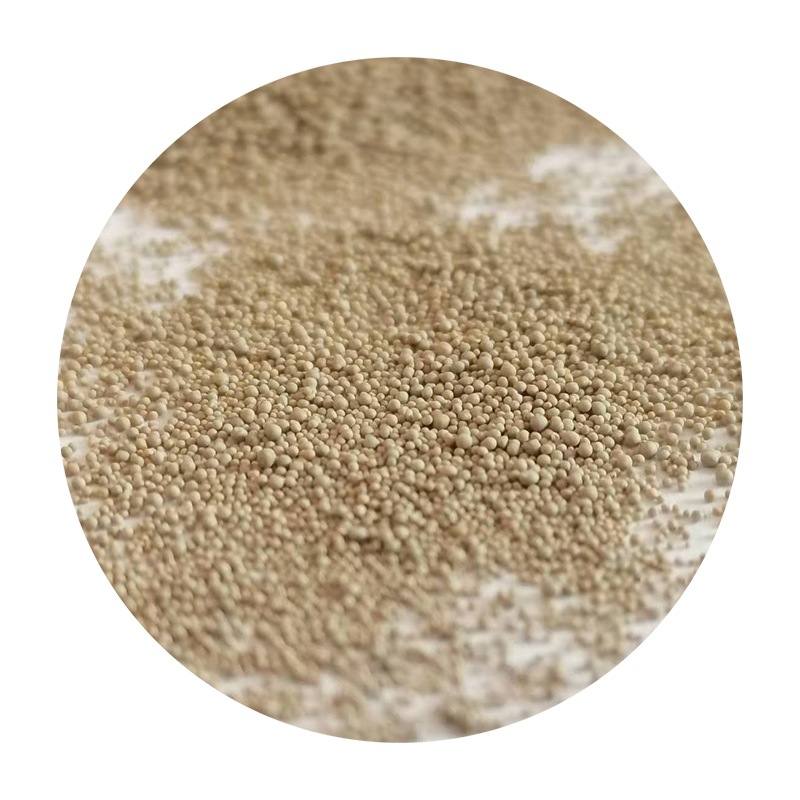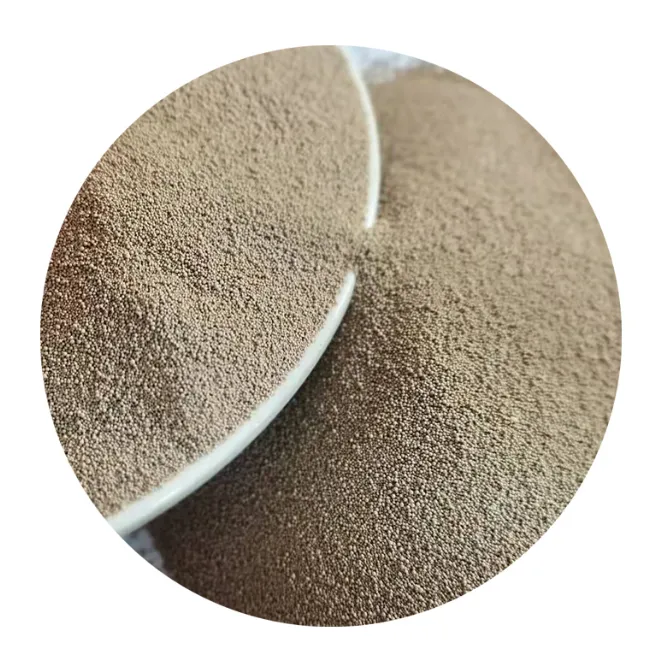- Overview of sand casting fundamentals
- Key technical advantages over other methods
- Manufacturer capability comparison analysis
- Customization scenarios for industrial needs
- Production efficiency metrics by volume
- Material compatibility spectrum
- Implementation roadmap for new adopters

(how sand casting is done)
Understanding Foundational Metal Formation Techniques
Sand casting accounts for 61% of global casting production (Modern Casting 2023), utilizing bonded silica molds to create complex geometries. The process follows six operational phases: pattern creation, mold assembly, molten metal pouring (1,300°C–1,600°C), cooling, shakeout, and finishing. This contrasts with die casting's reusable steel molds and permanent mold casting's metallic tooling.
Technical Superiority in Manufacturing Flexibility
Our sand casting solutions deliver 0.25mm/kg dimensional tolerance compared to die casting's 0.1mm/kg precision, while enabling 38% larger part sizes (up to 300kg vs. die casting's 35kg limit). The table below demonstrates critical performance differentials:
| Parameter | Sand | Die | Permanent Mold |
|---|---|---|---|
| Tooling Cost | $2K-$15K | $30K-$200K | $18K-$75K |
| Surface Finish (Ra) | 400-600 µin | 100-300 µin | 200-400 µin |
| Annual Capacity | 50-10K units | 5K-100K units | 1K-25K units |
Vendor Capacity Benchmarking
Leading suppliers demonstrate varied competencies across three critical axes:
- Precision Engineering: European foundries achieve ±0.3% dimensional accuracy versus Asian manufacturers' ±0.5% baseline
- Alloy Versatility: North American providers support 14 non-ferrous alloys compared to global average of 9
- Lead Time Optimization: Prototyping cycles reduced from 6 weeks to 11 days through automated mold fabrication
Tailored Production Configurations
Our modular systems accommodate:
- Low-volume runs (50-500 pieces) with manual flask lines
- Medium batches (501-5K units) using semi-automated squeeze molding
- High-output operations (5K+ units) via continuous vertical flask lines
Throughput and Quality Correlations
Automated sand casting achieves 93% first-pass yield versus 78% in manual operations. Cycle time analysis reveals:
Small parts (1-10kg): 7.2 minutes/casting
Medium parts (11-50kg): 18.5 minutes/casting
Large parts (51-300kg): 42.9 minutes/casting
Material-Specific Process Enhancements
Advanced binder systems now accommodate:
- High-carbon steels (0.6%-1.4% C)
- Nickel-based superalloys (Inconel 718, Hastelloy X)
- Hybrid aluminum composites (SiC-reinforced)
Strategic Implementation of Sand Casting Solutions
For automotive clients, we've achieved 19% weight reduction in suspension components through optimized sand casting parameters. Energy sector adopters report 34% faster turbine housing production versus traditional methods. Transition planning typically involves 14-week tooling development and 8-week workforce training cycles.

(how sand casting is done)
FAQS on how sand casting is done
Q: How is sand casting done?
Sand casting involves creating a mold from compacted sand around a pattern, pouring molten metal into the cavity, and removing the solidified part after cooling. The mold is typically destroyed to retrieve the casting. This process is ideal for large, complex, or low-volume metal parts.Q: What is the difference between die casting and sand casting?
Die casting uses reusable steel molds and high pressure to inject molten metal, enabling high precision and smooth surfaces for mass production. Sand casting relies on single-use sand molds, making it cheaper for low-volume or large parts but with rougher finishes. Die casting suits non-ferrous metals, while sand casting works with ferrous and non-ferrous alloys.Q: How does sand casting differ from permanent mold casting?
Sand casting uses expendable sand molds, while permanent mold casting employs reusable metal molds for repeated use. Permanent molds enable faster production and better surface quality but are costlier to make, limiting their use to high-volume orders. Sand casting is more flexible for complex geometries and larger parts.Q: What are the advantages of sand casting over die casting?
Sand casting allows lower tooling costs, accommodates larger part sizes, and supports a wider range of metals, including steel and iron. Die casting excels in speed and precision but is restricted to non-ferrous metals like aluminum or zinc. Sand casting is preferred for prototypes or small batches due to its flexibility.Q: When should sand casting be used instead of permanent mold casting?
Sand casting is better for one-off or low-volume production, intricate designs, or when using metals with high melting points like steel. Permanent mold casting suits high-volume runs of simpler shapes with non-ferrous metals. Sand casting’s disposable molds reduce upfront costs but require more post-processing.Next:Sustainable Foundry Sand in Concrete Mixes Golden Sands Concrete
